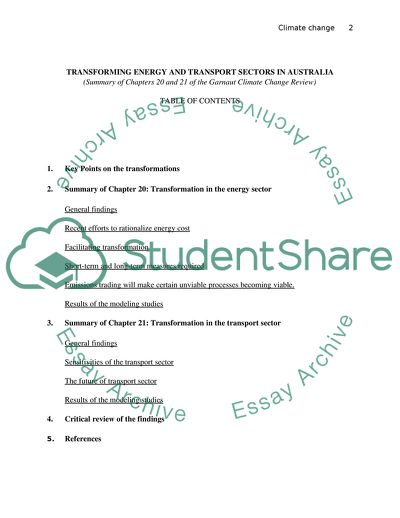Cite this document
(Transforming Energy and Transport Sectors in Australia Book Report/Review - 1, n.d.)
Transforming Energy and Transport Sectors in Australia Book Report/Review - 1. Retrieved from https://studentshare.org/environmental-studies/1737757-summarise-the-main-outcomes-and-critically-review-the-relevant-reportchapters
Transforming Energy and Transport Sectors in Australia Book Report/Review - 1. Retrieved from https://studentshare.org/environmental-studies/1737757-summarise-the-main-outcomes-and-critically-review-the-relevant-reportchapters
(Transforming Energy and Transport Sectors in Australia Book Report/Review - 1)
Transforming Energy and Transport Sectors in Australia Book Report/Review - 1. https://studentshare.org/environmental-studies/1737757-summarise-the-main-outcomes-and-critically-review-the-relevant-reportchapters.
Transforming Energy and Transport Sectors in Australia Book Report/Review - 1. https://studentshare.org/environmental-studies/1737757-summarise-the-main-outcomes-and-critically-review-the-relevant-reportchapters.
“Transforming Energy and Transport Sectors in Australia Book Report/Review - 1”, n.d. https://studentshare.org/environmental-studies/1737757-summarise-the-main-outcomes-and-critically-review-the-relevant-reportchapters.


